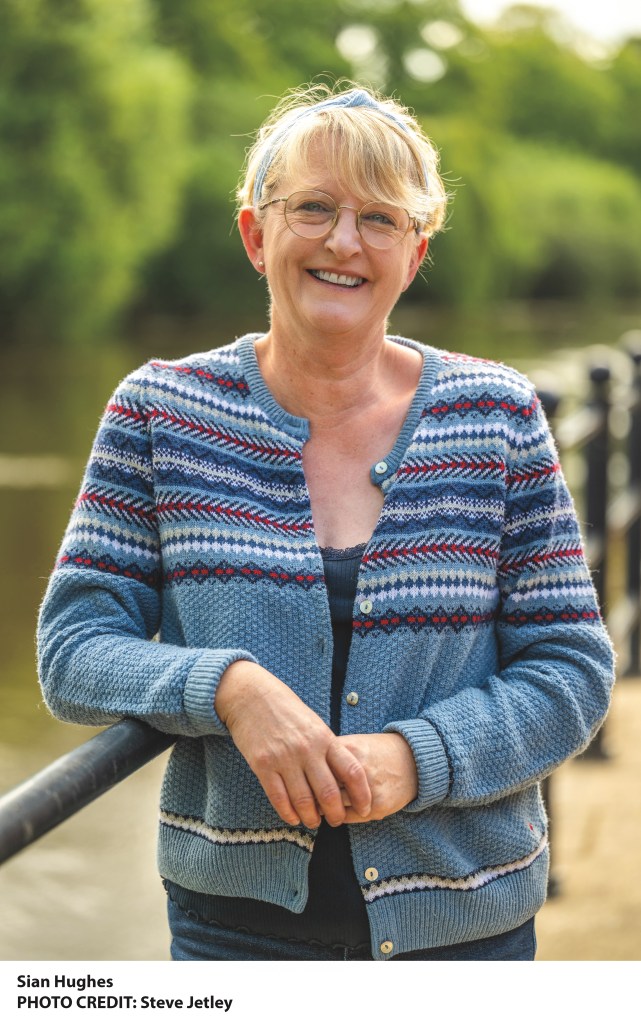The Key Images of My Story: A Guest Post by Siân Hughes
Has a homework assignment ever changed your life? The earliest beginnings of the story that would become Siân Hughes’ debut novel, Pearl, began as a writing exercise when she was still a teenager in high school. Read on for Hughes’ exclusive essay on our brand-new Discover pick and how her stunning story first came to be.
Pearl: A novel
Pearl: A novel
By Siân Hughes
In Stock Online
Hardcover $25.00
A girl, an old house, and one haunting poem. This story of mothers, daughters and family mythologies is perfect for readers of Paul Harding and Ann Patchett.
A girl, an old house, and one haunting poem. This story of mothers, daughters and family mythologies is perfect for readers of Paul Harding and Ann Patchett.
When I was in High School we were set a homework to invent a set of characters to inhabit a building we knew. I picked a beautifully ramshackle old hall that I cycled past on the way to my boyfriend’s house, a building with no two windows alike that was down a muddy over-grown lane where the hedges reached over into a tunnel of green. I had never been any closer to it than the end of the drive. I filled the place with a huge family. I went on writing about the characters for years, writing letters from them, inventing ways they had met and how they had come to be there. I came to know them very well.
Then one day in my twenties a close friend took his own life by drowning. I was so shocked by how random and meaningless this felt to me, that I responded by writing the names of my favourite family of invented people onto a page of my journal, closing my eyes and sticking my pen onto the page blindly. Whoever’s name I landed on would do the same. That was how the characters came to have a plot. But of course I had no idea why that person would take that action. I had to write the whole book several times before I could work out why she might do that, and perhaps even longer before I had grown up enough to feel able to forgive her and accept that her state of mind could be so fragile and dangerous.
Somewhere along the way I turned back to the Medieval poem Pearl, and it became entwined with the story. I learned that the poem was written in the dialect of my home county, and was written very near to where I grew up, and so the river bank in the poem merged in my mind with the riverbank near my village, and the place where my character took her life. The poem offered my characters a means by which they might seek for consolation, even though I did not know for years if they would find it. The images of the poem, especially those of the herb garden and scented plants, and the way music moves a person to another time and place became the key images of my story.
It was only in my fifties, when I moved back to my home village after the death of my own mother that I felt able to complete the story. I had to live day to day in the setting of it, to feel at every step that I was surrounded by the absence of my mother in order to write the story from a place where I lived with grief, but was consoled at the same time by the constant presence of my mother’s stories, songs, and favourite places.

